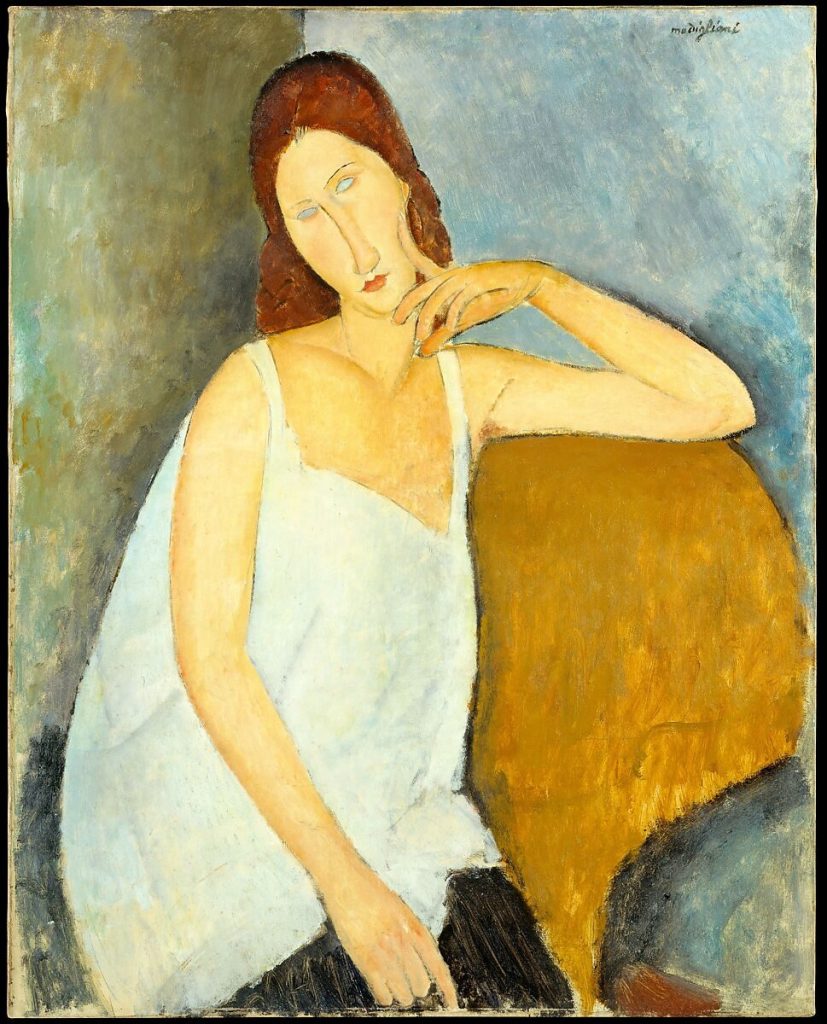
We asked Aldo Gelso, an ophthalmologist who has also been attentive to the psychological dimension of treatment for years, to tell us about his encounter with Narrative Medicine and how it has enriched his clinical practice and his vision of the doctor-patient relationship.
An experience born thanks to the Dinamo Project, promoted by Bausch & Lomb and developed in collaboration with ISTUD Sanità e Salute, which represents the first Italian research of Narrative Medicine applied to an ophthalmological pathology: dry eye disease.
Through this project, Gelso has discovered and explored a new way of approaching the patient: not only as a bearer of symptoms, but as a person, with experiences, relationships and contexts that profoundly influence the experience of illness and treatment.
In the following interview, he tells us how his path has evolved, the value he has recognised in Narrative Medicine, the reactions of his colleagues, and his commitment – still active – to bring these tools more and more to the centre of clinical practice.
I became acquainted with Narrative Medicine thanks to the multinational company Bausch & Lomb, which proposed me to participate in the Dynamo Project. At first, I was very sceptical, not so much because of the concept itself, but because I did not really understand its power. Then, as I worked on the project and realised how much the psychological aspect came into play within this new form of expression, I became very passionate about it. Bearing in mind that I come from years and years of working on myself, first with psychoanalysis, then with psychotherapy.
I had always believed that Western medicine had moved too far away from the psychological aspect, which was much more present in Eastern doctrines or, at any rate, in ancient ones. For this reason, during the Dinamo Project, I had several meetings with the top management of Bausch & Lomb because, as part of a congress I was organising in Naples, I strongly wanted to include a session dedicated to Narrative Medicine. On that occasion, I also met with Dr. Maria Giulia Marini, who conveyed great enthusiasm to me and clarified other aspects that I had not yet perceived of what can now be safely defined as a true branch of our medicine.
Once the conference was organised, with the help of Dr Marini, we were able to experience the effect of this type of experience on our colleagues for the first time. The response was very varied: from highly enthusiastic people to curious people who asked questions to try to understand, to others who left the room because the topic was too far from their heart.
In my opinion, this reflects the human being’s propensity for psychological insight, which is why, in the end, the doctor-patient relationship has been profoundly transformed in recent decades. Today, this relationship is simply based on the individual’s ability to develop empathy, or on the doctor’s individual propensity to welcome the patient.
One of the criticisms raised at that congress was the inability to devote time to this aspect. But I did not agree with this at all, because I have always felt that every patient and every single visit has different needs, and that there are specific moments when, for the treatment plan, the patient should be listened to more.
Obviously, there will be many others where this will not be necessary; therefore, time is perfectly compensated.
From that moment on, I began to think about the possibility of finally proposing this new branch of medicine to more and more people, especially young people, so that they would understand how important, indeed how fundamental, the doctor-patient relationship is during treatment.
It is not an easy road, in my opinion, but we are trying. We have already organised an event with opinion leaders at national level, thanks to another company that is very well known in Italy in the field of ophthalmology: Off Health. With them we did a two-day course in Florence, in a beautiful setting, and on that occasion all the participants were enthusiastic.
With Off Health, we will try, over time, to create a critical mass to structure ourselves and transmit messages and techniques to the majority of our young ophthalmologists. I speak mainly of young people because they will be the future of medicine and communication and are therefore the fundamental scaffolding for serious change. But of course, we will also try to address adults.
It is an ambitious project, in which I strongly believe and in which Dr Marini is also infusing her typical enthusiasm.
